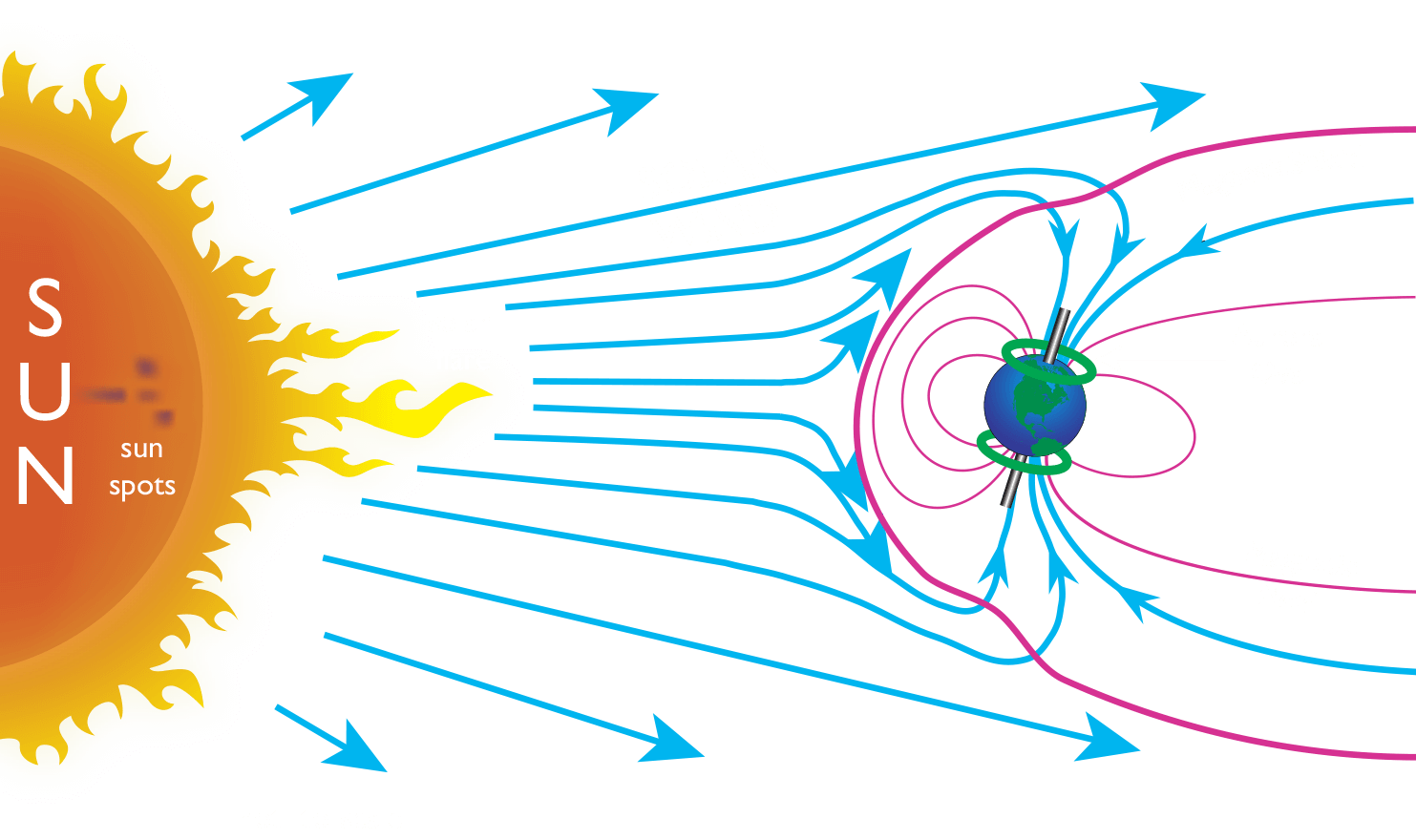© 2000-2023 - Enkey Magazine - All rights reserved
ENKEY SNC - VAT ID IT03202450924 / REA Code CA253701 - Phone. 078162719
Norwey, Sweden, Iceland, Russian, Greenland, Canada and Alaska, those are the areas that can donate a show that many travellers hope to see. Many travellers spend whole weeks in those areas with the hope to can live the top amazing show of the nature, but even the most unpredictable one. By peeking the sky while you are involved, for example, in the natural night scenarios of the Norwey, surprisingly, you could see something that can make absolutly rare and unforgettable your adventure: the northern lights.

“Sun’s sparkles which lights on the terrestrial atmosphere” (Treccani)
Many call it as an amazing colours’ dance, the northern lights or aurora polaris, is infact a mystical exposition of a singular beauty, an armonic and magic flow of celestial lights. Galileo Galilei was the first one to describe the optical phenomenon in the 1619 calling it “aurora borealis”.
During the event, the sky, in part, rages of strong lights’ flashes, the lights then melt in the dark of the night. The light’s beams seem waves, that lighted the marvellous natural landscapes on which they laying. Everything happens but it has an unpredictable lifetime: it could vanish at any moment without any notice.
But how does the aurora borealis born?
The aurora borealis is, in scientific terms, a physical phenomenon. It is created in the moment when the electrons crash with the atoms that are in the most external stratum of the atmosphere. Through the collisions, the electrons charge themselves of energy and they issue colours: especially the nitrogen issues blue lights and the oxygen green lights.

The northern lights are not as they seem
The most beautiful show that the nature gives us isn’t what we think. There is a huge difference between the northern lights that we are used to see on Instagram or on the travel agency’s flyers and the real one.
In real is all different because the cells of our eyes are able to recognise determined kind of lights. To our eyes so the northern lights appear grey, amazing at the same time but not with all the green shadows that we wonder to see.
The cameras though are able to capture all the colours of this amazing natural event. Obviusly, we have to considere that the pictures of the northern lights that we can find on the web or in Instagram are often retouched by Photoshop or any other softwares that increase the saturation and contrast’s settings of the images.
Even this strongly contributes to the gap that there is between what is been shown and what we real see. Experiences of the northern countries’ travellers determine the fact that our eyes often aren’t able to feel the shadows of green, blue, purple, etc.

The colours of the northern lights
The northern lights takes many colours according to the elements like the atmosphere composition, the place where it happens, the atmosphere’s density. The green is the most common colour visible from the terrestrial surface, infact many shots portray strings of lights of this colour.
Only if the sky is reach of coloured lights perceptible even by the human eye, so we could see the colours of the aurora. The probabilities of this event though are really low: an icelandic woman was able to see only a couple of times during her life green or purple strings of the aurora.
We find out so that see the northern lights in real live will be different than the idea that we have of the phenomenon through the pictures on the web. Surely though, the aurora borealis, even if not exaggerated by the Instagram’s filters, is an experience that leaves us with the eyes stuck on the sky, lost in its natural and pure beauty.
Infact, Him – The Creator, Allah, God or Buddha – can’t be bigger than the view of an aurora borealis at -50 oC, when the wind blows on an ice’s fin and the light opens a direct gap in your soul.
Jonathan Waterman
This post is also available in:
 Italiano
Italiano

